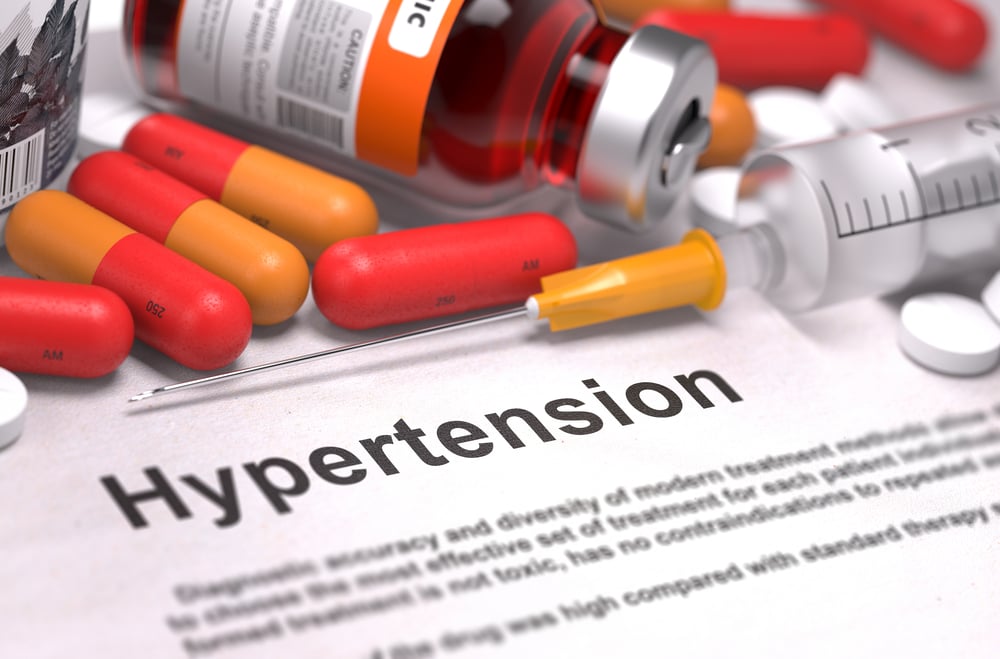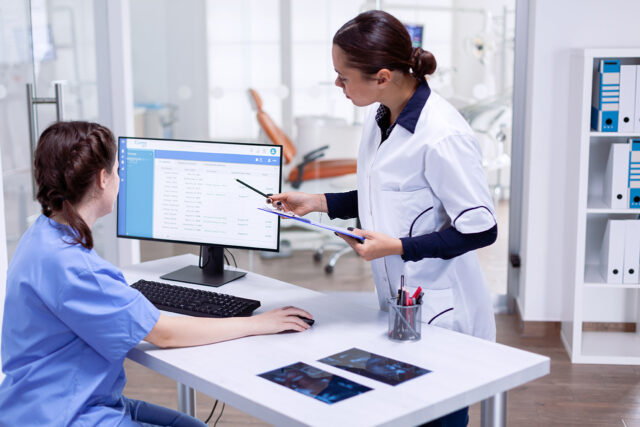The statistic is staggering: Two out of every three patients over the age of 65 have two or more chronic illnesses, and until recently, a physician’s ability to monitor these patients with regular frequency was nearly impossible. Medicare has technically covered remote patient monitoring (RPM)—the ability to collect and analyze actionable physiologic data (e.g., weight, blood pressure, pulse oximetry, respiratory flow rate) outside of a traditional healthcare setting—since 2002. However, low reimbursement associated with this service made it unfeasible for many practices. Instead, physicians relied on in-person visits to check vital signs and lab work, meaning they potentially missed out on critical opportunities to prevent costly emergency department visits and hospitalizations.
In 2019, all of this changed when the Centers for Medicare & Medicaid Services (CMS) approved three additional remote physiologic monitoring codes that collectively yield higher reimbursement amounts, including reimbursement for time spent educating the patient on how to use the RPM device, time spent analyzing the data, and time spent communicating with the patient or caregiver. In 2020, the agency approved a fourth code for additional time spent. In addition, physicians aren’t the only ones who can provide RPM services. Any qualified healthcare professional (e.g., medical assistant, nurse, or mid-level provider) can as well.
Together, these changes have empowered physicians to help their patients more than ever before, says Ron Sterling, CPA, EHR consultant at Sterling Solutions, a health information technology consulting firm in Silver Spring, Maryland. “Physicians now have the power to engage patients in a very active way and be compensated for it,” he adds.
For example, with RPM, when a patient’s blood pressure begins to increase, a physician receives an alert so they can intervene with something as simple as reminding them to take their medication, says Sterling. “This saves huge dollars to the healthcare system,” he adds. “It basically revitalizes practices to actively engage their patients and provide significant clinical value even when the patient doesn’t physically come into the office.”
RPM also plays a role during COVID-19 as providers look for ways to monitor patients without in-person contact. The U.S. Food & Drug Administration has authorized use of certain remote or wearable patient monitoring devices that wirelessly transmit patient information to their health care provider or other monitoring entity. The goal is to reduce healthcare provider exposure to SARS-CoV-2 during the COVID-19 pandemic.
Consider the following RPM codes and Medicare payment rates:
| CPT code | Description | Medicare payment |
| 99453 | RPM: Set up and patient education on use of the equipment | $18.77 |
| 99454 | RPM: Daily recordings or programmed alert transmission each 30 days | $62.44 |
| 99457 | RPM: 20 minutes or more of clinical staff/physician/other qualified healthcare professional time in a calendar month requiring interactive communication with the patient/caregiver during the month | $51.61 |
| 99458 | Each additional 20 minutes | $42.22 |
Sterling provides five tips to help practices initiate an RPM program:
- Identify patients who can benefit from RPM. Given the prevalence of chronic conditions, it’s not unreasonable to think that 30% to 50% of a physician’s patients could benefit from RPM, says Sterling. However, physicians need to choose patients wisely to ensure a return on investment. For example, is the patient motivated to participate in their health? Are they physically able to participate? If not, can a caregiver help? If the patient doesn’t—or can’t—use the device, physicians can’t bill for this service.
- Obtain patient buy-in. Help patients understand that RPM is part of their treatment plan along with any medications, dietary restrictions, and other lifestyle changes, says Sterling. Consider using the following language when talking with patients about RPM: ‘RPM helps us monitor your needs so we can collaborate on how to improve your health.’ This explanation is critical given the fact that Medicare beneficiaries may owe a copayment (approximately $23 a month) for RPM services, he adds.
- Invest in RPM technology. Physicians need an application that accepts patient-generated data, normalizes it, and enables patient-specific parameters for ongoing monitoring, says Sterling. For example, a patient’s normal blood pressure is 130/80. Using RPM, a physician can set up an alert that notifies them when that patient’s blood pressure increases to 140/80. Patients simply download the RPM app to their smartphone, pair the device (e.g., a blood pressure cuff or thermometer) with the app, and send data to the physician.“Almost 90% of American adults are walking around with a smartphone packed with all kinds of capabilities that providers can take advantage of without spending much money in the context of the healthcare system,” says Sterling.
The RPM device itself is something that practices typically purchase directly from manufacturers and provide to patients; however, patients may also supply their own device. Either way, physicians can bill 99454 if they have the ability to receive daily recordings or alerts every 30 days, says Sterling. That $62.44 monthly payment covers the cost of the device (when applicable) and the ability to receive the data, he adds.
- Determine which staff will oversee the RPM program. Don’t expect a nurse or medical assistant who is rooming patients to also oversee RPM, says Sterling. Instead, practices need one or more staff members who are dedicated to the effort along with an escalation process to ensure patients are properly managed. Depending on the volume of patients enrolled in RPM, medium to large size practices may require a team of individuals, including medical assistants and nurses who can monitor the data and outreach to patients as well as mid-level providers who can render telehealth visits when necessary.“It’s like opening up a new office, but you don’t need to worry about whether patients are going to come because you’ve already enrolled them,” says Sterling.
Current reimbursement amounts give physicians more flexibility than ever before in terms of how they want to create their RPM program. More specifically, physicians earn approximately $150 or more per hour (20 minutes of interactive communication per patient for three patients each hour). “You can hire some pretty talented people for that kind of money and still make money,” says Sterling.
- Start small, then ramp up. Enroll a handful of patients in RPM, then adjust the process and workflow as needed before adding additional patients. Sterling says it could take several months before the program is fully operational.
With thoughtful implementation, practices will reap many benefits from RPM, says Sterling. “It’s a patient safety tool,” he adds. “It’s going to help practices better serve their patients, and it will help them engage patients to effectively manage their healthcare challenges.”
Note that the RPM codes referenced in this article are still relatively new, and many questions remain. In its calendar year 2020 Physician Fee Schedule Final Rule, CMS stated it will address various questions related to RPM in future rulemaking.



